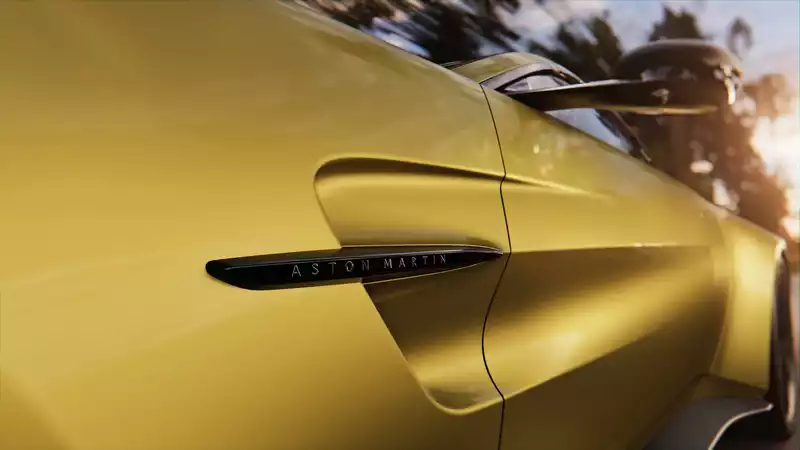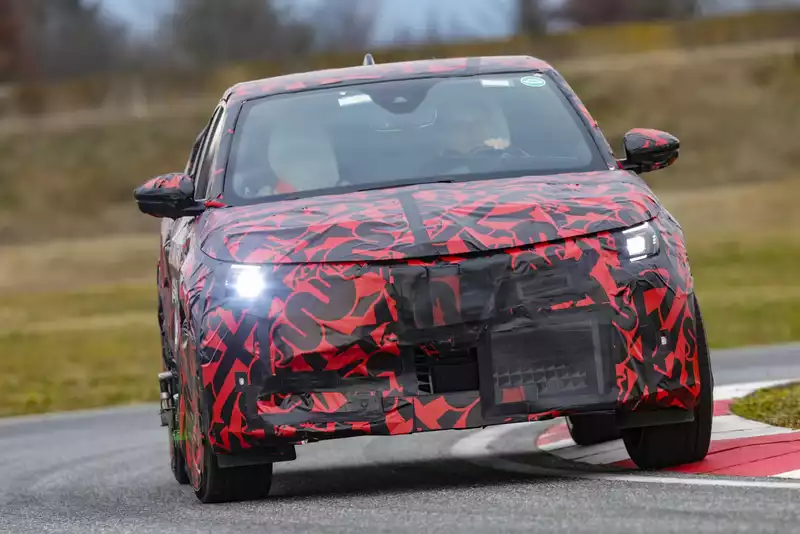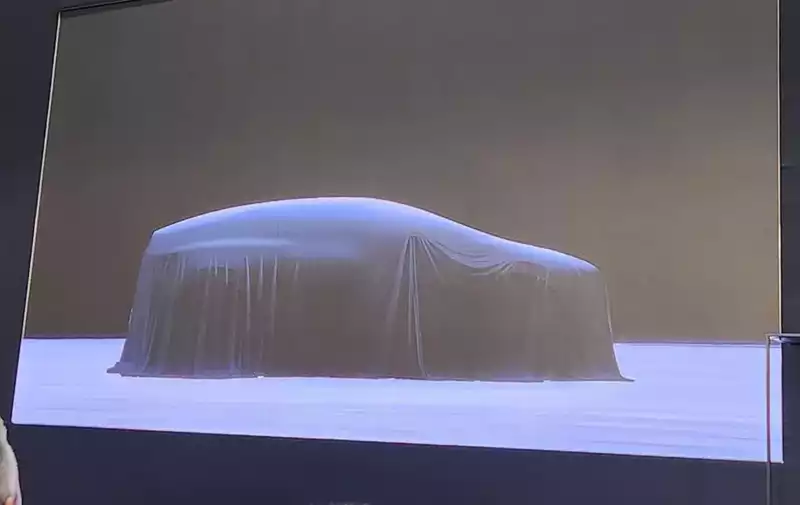2020 Porsche Cayenne Turbo S E-Hybrid Chassis Deep Dive

The 2020 Porsche Cayenne Turbo S E-Hybrid has an undeniably impressive powertrain: a symphony of gasoline and electricity that delivers 670 horsepower and a maximum torque of 663 pound-feet. The Cayenne Turbo S E-Hybrid's powertrain is so remarkable that it often overshadows the SUV's other engineering.
First, the Cayenne Turbo S E-Hybrid comes standard with the Porsche Traction Management (PTM) system, which uses an electronically controlled clutch to distribute power between the front and rear axles depending on driving conditions. For example, during performance driving, power to the front is limited to increase lateral traction of the tires. In off-road driving, power is delivered where grip is highest.
PTM, combined with Porsche Torque Vectoring Plus, allows the vehicle to shift power not only forward and backward, but also left and right. During performance driving, it applies braking to the inside rear wheel to help the vehicle turn in a corner. Coming out of a corner, it functions as a limited slip differential to transfer power to the road surface.
All Cayenne Turbo S E-Hybrids come standard with a three-chamber air suspension that offers six different ride heights and variable spring rates. The system automatically adjusts settings according to driving style, or the driver can adjust them manually. At speeds above 130 mph, the system automatically drops to a "low" suspension setting to maximize stability. At its highest setting, the air suspension provides a minimum ground clearance of 9.6 inches, allowing the vehicle to clear off-road obstacles.
Also added to the Cayenne Turbo S E-Hybrid's Porsche-like handling is an advanced 48-volt electromechanical roll stabilization system that can change the torsional stiffness of the front and rear anti-roll bars. Each anti-roll bar is split into two parts, and a pivot motor mounted in the center of the system allows each part to rotate in different directions. This allows the system to significantly reduce body lean in corners.
All of these systems are overseen by the Porsche 4D Chassis Control. This system monitors the individual systems mentioned above and adjusts them to the driving conditions and environment, and even anticipates them.
The brakes used on the Porsche Cayenne Turbo S E-Hybrid are unique to the supercar. They feature 17.3-inch front and 16.1-inch rear internally vented cross-drilled carbon ceramic discs. The calipers have 10 pistons in the front and four in the rear, ensuring that the Cayenne Turbo S E-Hybrid stops as quickly as it accelerates.
The only chassis technology optional on the Cayenne Turbo S E-Hybrid is rear axle steering, which improves high-speed stability by turning the rear wheels in the same direction as the front. Below 50 mph, the rear wheels turn in the opposite direction of the front wheels, increasing the Cayenne's agility and reducing the turning radius from 39.7 feet to 37.7 feet.
While the Cayenne Turbo S E-Hybrid's powertrain is impressive, it is the chassis technology that makes for a truly special ride.





